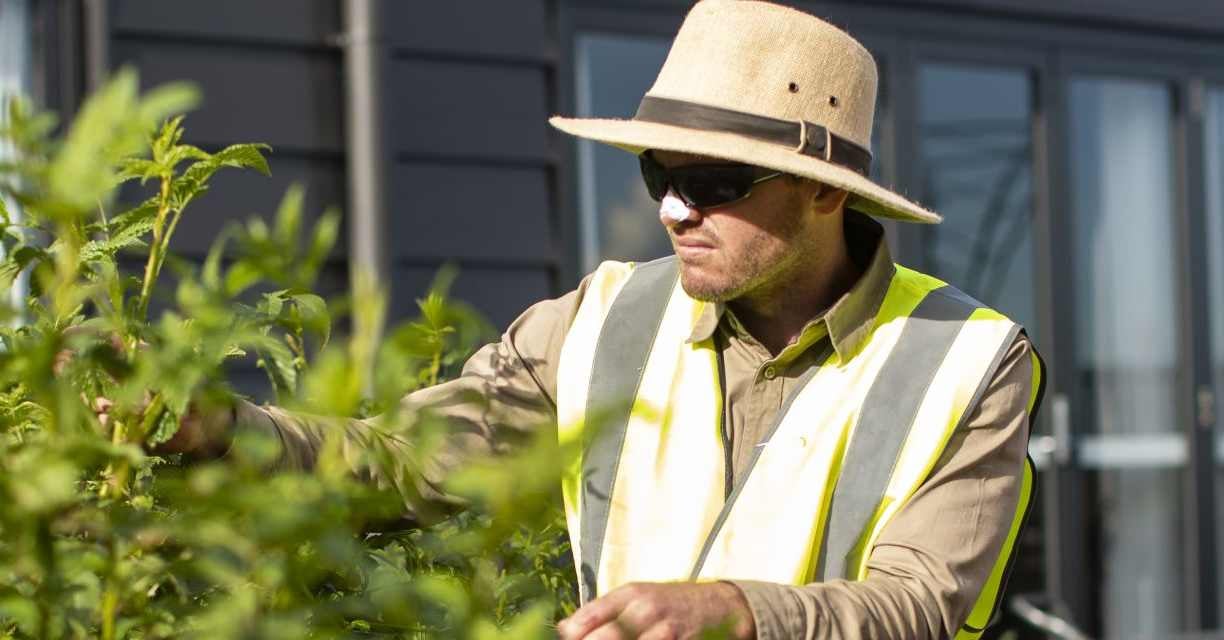FAQs
Find the answers to the most frequently asked questions around sun safety and preventing sun damage.


Did you know that two in three Australians will be diagnosed with skin cancer in their lifetimes? Let’s work together to increase awareness and support one another in making the right decisions when it comes to protecting our skin.
We’ve compiled some of the most frequently asked questions about sun safety and skin cancer below.
What is skin cancer?
Skin cancers refer to cancers that form on the skin due to the development of abnormal cells that can spread to other parts of the body. They occur when skin cells grow uncontrollably, forming tumours.
The primary cause of skin cancer is overexposure to ultraviolet (UV) radiation from the sun, for example.
There are three main types of skin cancer:
- basal cell carcinoma (BCC)
- squamous cell carcinoma (SCC)
- melanoma - the most dangerous form of skin cancer.
Find out more about skin cancer symptoms, diagnosis, and treatment.
What does skin cancer look like?
The earlier skin cancer is found and treated, the better your chances of avoiding surgery or, in the case of a serious melanoma or other skin cancers, possible scarring or even death.
It's also a good idea to talk to your doctor about your risk and get advice on how to spot it early.
Get to know your skin, especially any spots or moles, so you can notice any changes that could be signs of skin cancer. Keep an eye out for:
- Sores that don’t heal and are crusty
- Small lumps that are red, pale, or shiny
- New spots, freckles, or moles that change in colour, thickness, or shape over weeks or months.
What causes skin cancer?
Australia has one of the highest rates of skin cancer in the world. Anyone can get skin cancer, but the risk increases as you get older.
Most skin cancers in Australia are caused by exposure to UV rays from the sun.
Things that can raise your risk of skin cancer include:
- Sunburn
- Suntanning
- Using solariums (tanning beds)
How does sunscreen work?
Sunscreen works by creating a protective barrier on your skin that helps block or absorb harmful ultraviolet (UV) rays from the sun. Because it helps prevent UV radiation from reaching the skin, it reduces the risk of DNA damage which leads to skin cancer.
Sunscreens with an SPF of 4 or higher are listed on the Australian Register of Therapeutic Goods. For a product to be on this list, it must meet the Australian/New Zealand Standard for sunscreen (AS/NZS 2604:2012). The highest SPF available in Australia is SPF50+. The SPF number is a guide to how much protection the sunscreen provides.
How long does sunscreen last?
On your skin, sunscreen generally lasts for about two hours before you need to reapply, especially if you're swimming, sweating, or towel-drying. If you're not engaging in these activities, you should still reapply sunscreen every two hours for continued protection. You can set reminders on your phone to keep you on top of your application.
As for sunscreen in its packaging, it usually has a shelf life of about three years. However, it’s important to check the expiry date on the bottle. Sunscreen should also be stored below 30°C, as heat can cause the ingredients to separate and lose effectiveness. If the sunscreen is past its expiry date or has been exposed to extreme heat (like being left in a hot car), it may not be as effective.
What level of UV index is safe?
A UV index of 3 or higher indicates a need for protection from the sun. At this level, it's important to use sunscreen – but remember this is a last line of defence – and follow the 5 SunSmart steps. The higher the UV index, the more important it is to take precautions.

